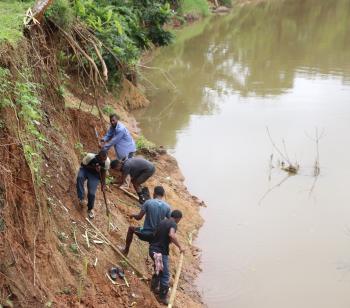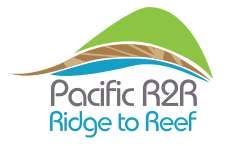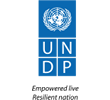The Pacific Community’s GEF-funded Fiji International Waters Ridge to Reef (R2R) Project demonstration site at Waimanu River faces riverbank erosion affecting the river system and the livelihood of the catchment communities. The impacts include high turbidity of the river during heavy rainfall causing affecting the availability of freshwater fish, eels and mussels. Villagers no longer use the river for recreation activities and houses near to the riverbanks are prone to landslide.
Fiji IW R2R Project Manager Tavenisa Luisa said: “To reduce the problem we are introducing planting vertiver grass to prevent soil erosion and support water retention.”
“The tensile strength of vertiver roots is strong and grow to meters long, with massive root networks which are fast growing holding soil together preventing erosion,” she explained.
“It is better than many types of trees which normally take 2-3years to be effective,” she concluded.
The vetiver planting activity aims to protect loss of land, stabilise river banks, reduce excessive sedimentation in watercourses silting up gravel beds and destroying spawning and invertebrate habitats, and reduction of channel widening and associated flow issues.

The Waimanu River, located in the Nausori-Naitasiri topography is one of three rivers draining large amounts of fresh water into the Rewa River and into the sea. Fresh water from the upper Wainibuku, Wainimala and Waibau rivers flows into the Waimanu River, which in turn flows directly into the Rewa River and Delta. The Waimanu River is situated in an ideal central location to be a major source of drinking water for the centre island of Viti-Levu.
Component 1: Strengthening capacity for watershed assessment, mapping and planning.
Component 2: Reducing stress on vulnerable freshwater resources by implementation of the management plan.
Component 3: Developing the enabling environment for the replication and scaling-up of best practices in watershed management





